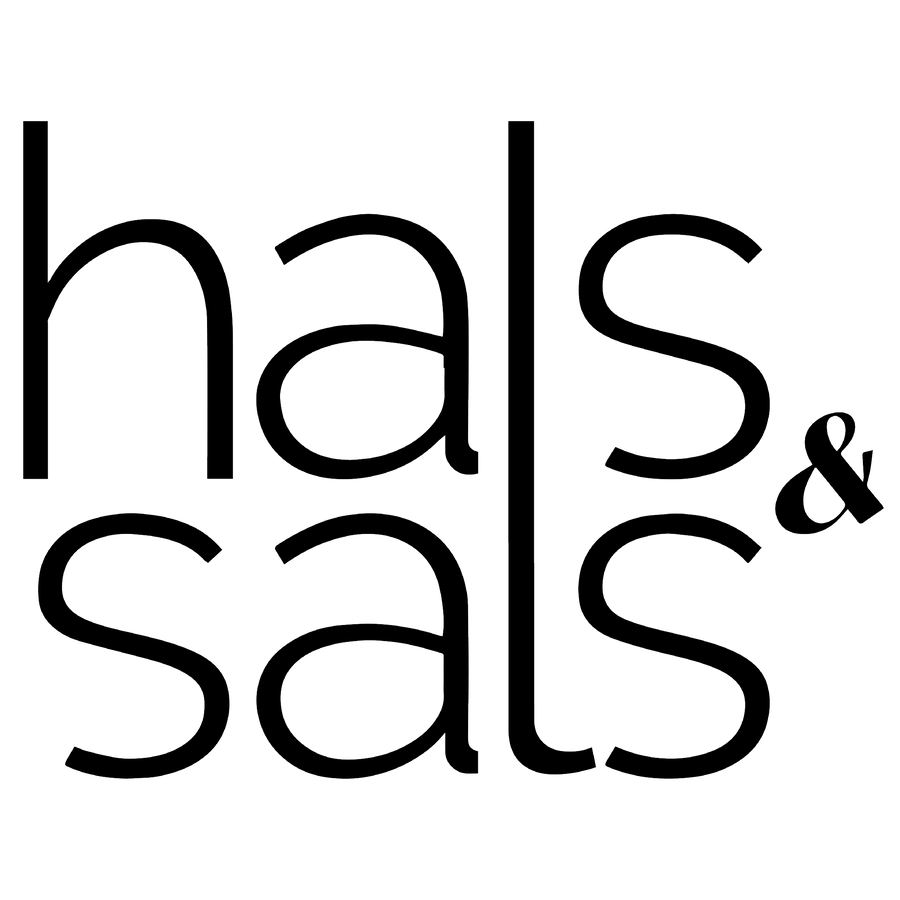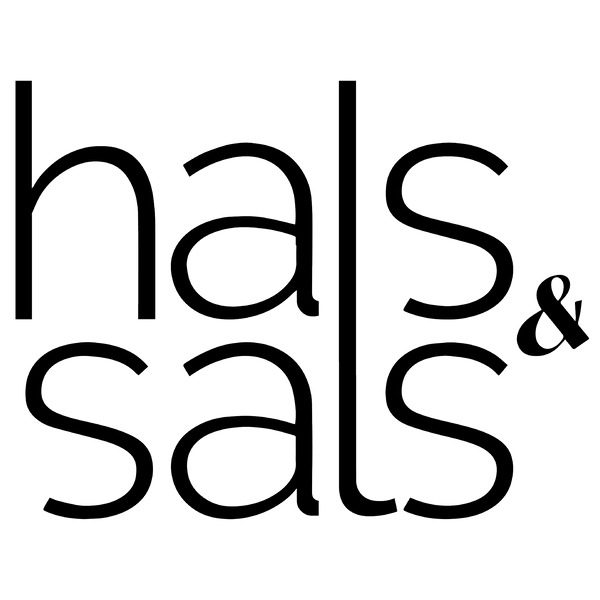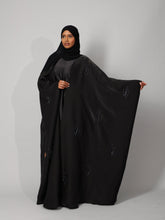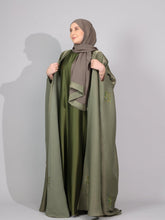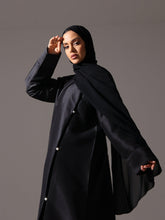Choosing the right hijab color can instantly elevate any modest outfit and make your whole look feel complete and confident.
Many women struggle with shades that clash, patterns that compete, or colors that simply do not flatter their skin tone.
In this guide, I will share practical tips on how to pick hijab color combinations for any outfit, from easy basics to more advanced ideas, so you can mix and match with ease.
Understanding Color Theory Basics
Knowing the basics of color theory makes picking hijab colors feel effortless.
Start by figuring out if you lean warm or cool-toned. Warm tones suit earthy shades like beige and olive, while cool tones pop with greys, blues, or soft pastels.
Your undertones can help you choose colors that brighten your look instead of washing you out. Neutrals like black, white, and taupe are your best friends because they work with almost every outfit.
Hijab Colors for Everyday Outfits
Neutrals are the secret to effortless daily styling. Black, white, beige, and taupe pair well with almost any abaya or modest outfit.
Earthy tones like olive, soft brown, or muted mustard add depth while staying casual and versatile.
If you want a pop of color, keep the rest of your look simple so the hijab stands out without clashing.
Choosing Hijab Colors for Special Occasions
Special occasions call for hijab colors that complement embellished or patterned abayas without competing with them.
For evening wear, jewel tones like emerald, sapphire, or deep burgundy look rich and elegant. Metallic accents can add a touch of luxury, too.
Think about the season when picking your shades. Soft pastels work well for spring events, while deeper colors feel perfect for Eid or winter weddings.
How to Mix Prints and Solids
When mixing prints and solids, keep balance in mind. Pair a printed hijab with a plain abaya or a simple top to let the pattern stand out.
If your outfit has a bold print, choose a solid hijab in a matching or neutral tone.
Safe combos include florals with plain dresses or a subtle striped hijab with a simple monochrome outfit.
Matching Hijabs with Skin Tone & Undertones
Picking hijab colors that suit your skin tone makes a big difference.
Fair complexions look great in soft pastels or dusty shades. Medium tones often shine in warm neutrals, olive, and rich jewel colors. Deeper skin tones can carry bold, bright shades beautifully.
Avoid colors that make you look washed out. Stick to undertone-friendly shades that bring out your natural glow.
Common Mistakes to Avoid
Be careful not to choose hijab colors that overpower your whole outfit.
Always check your colors in natural light so you can see how they really look.
Avoid buying trendy shades if they do not match what you already have in your wardrobe.
FAQs
What hijab color goes with every outfit?
Neutral shades like black, white, beige, and taupe pair well with almost any outfit and are easy to style for daily wear.
How do I pick hijab colors for formal events?
Go for rich jewel tones, subtle metallics, or deep classic shades that complement your outfit’s details without clashing.
Can I wear bold hijab colors daily?
Yes, but balance them with simple outfits so the color stands out tastefully without overwhelming your look.
How do I choose hijab colors for summer vs winter?
Lighter shades and pastels feel fresh in summer, especially when paired with breathable fabrics like chiffon or soft jersey, while deeper, warmer tones like burgundy or emerald add warmth in winter.
Do print hijabs need special styling rules?
Keep the rest of your outfit simple and solid-colored so the print remains the focus without competing patterns.
Conclusion
Color can completely transform your modest style when you choose it wisely. Experiment with different hijab combinations and build a palette that feels timeless and true to you.
Discover our latest hijab collections with shades for every season and mood.
